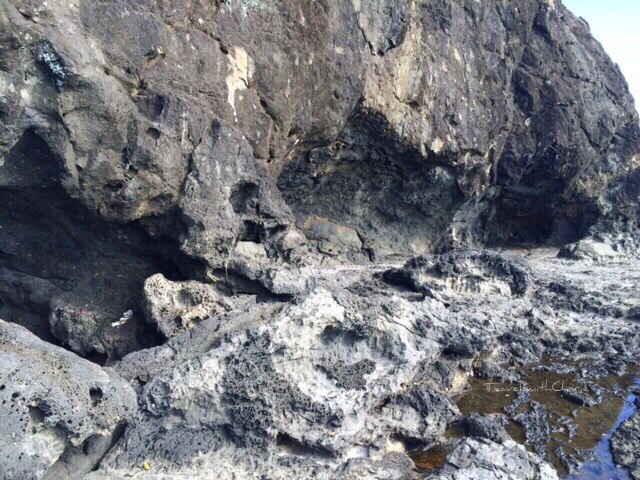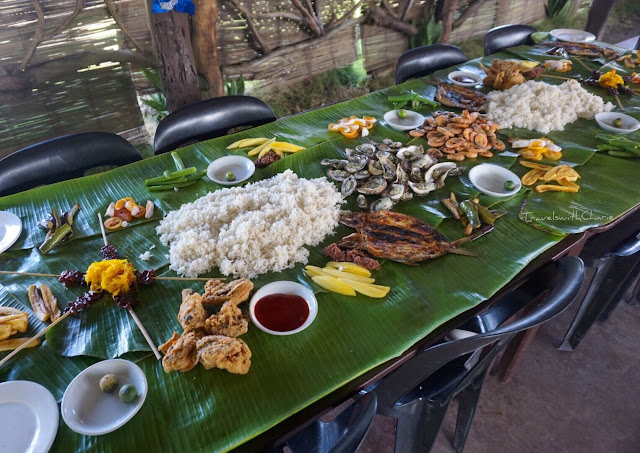Just when I thought I've explored Capiz enough, I'm finding captivating places off the beaten track. Some of these sites hit me with nostalgia like the ruins of the approach to a railway bridge while others took me completely by surprise (La Playa Beach and Marugo Lake). These new discoveries inspire me to wander down dusty roads and hunt for more local color.
 |
| Ruins of Railway Bridge |
These hardwood pylons supported the approach to a railway bridge in Duyoc, Dao. This was constructed in 1910 and the railway extended for 117 kilometers from Capiz to Iloilo. Passenger service operations ended in 1985. Buses and private utility vehicles (PUV) now ply the highway between these two provinces. These ruins are on McKinley Street in Duyoc, Dao.
 |
| La Playa Beach |
There are so many beaches in Capiz but La Playa stands out for its serene surroundings. It's far from the noise and crowds of the city. If you appreciate a quiet time and a beach to yourself, this is the place to go.
Pilar is an hour by private car from Roxas City and La Playa is in San Ramon, Pilar. Ceres buses pass by Pilar on its way to Carles and Estancia, Iloilo.
 |
| Marugo Lake* |
Tapaz is an hour and a half from Roxas City by private vehicle.There are buses and PUVs that go to Tapaz from the Roxas City Bus Terminal in Punta Dulog. Get off at San Julian and take a tricycle to the lake.
*Image by RG Castillon Gadian
 |
| Maba-ay Island |
The best time to go to Maba-ay Island is before sunset. Motorized outriggers can be rented from Basiao Beach in Ivisan for P500. Your best bet to enjoy this little stretch of white sand without day trippers is to visit on a weekday.
There's more to love about Ivisan: https://travelswithcharie.blogspot.com/2016/10/ivisan.html
 |
| Mantalinga Island |
There are pumpboats leaving from Bitoy's that can be hired for the 20-minute trip to Mantalinga Island. The price depends on the number of people going to the island. It's also possible to hire a boat for private use. Click here for more images of Mantalinga island: https://travelswithcharie.blogspot.com/2017/04/let-go-to-mantalinga-island.html
 |
| Boodle fight |
Roxas City is the seafood capital of the Philippines. What better way to savor its sea-to-table delicacies than with a boodle fight? Bitoy's on Baybay Beach can prepare a sumptuous table for you and your friends. This banana leaf covered table is for 10 people but can easily accommodate more people with the dizzying array of dishes. What a great way to share bread than at a communal table! And your hands are your utensils. Bon appetit!
Link to boodle fight: https://travelswithcharie.blogspot.com/2017/12/celebrating-thanksgiving-in-philippines.html
*****
Images by TravelswithCharie unless otherwise noted